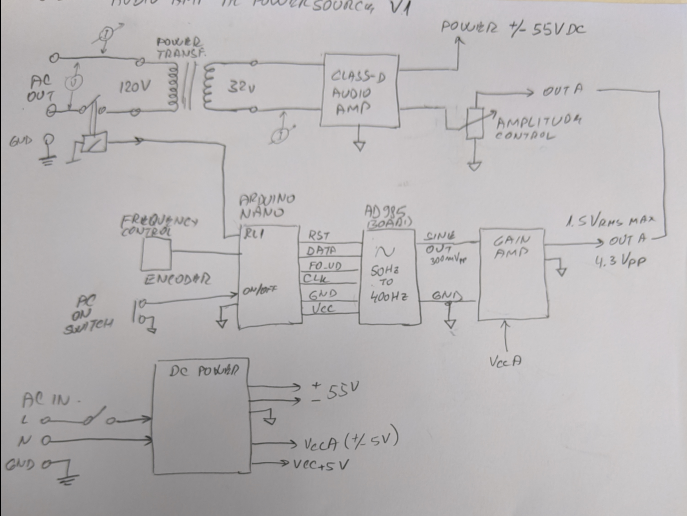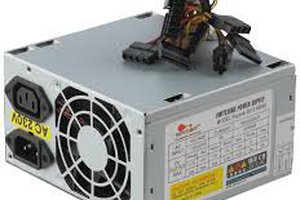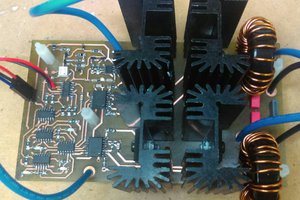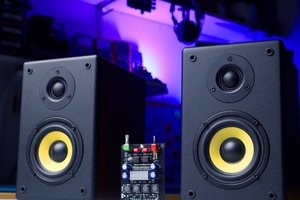For this project I used old power transformer 120V to 30V from the discarded surround sound receiver, JVC or something. It has multiple secondary taps and I used 30V one. It has 0.5 Ohm resistance at 100Hz, measured with DE-5000, LCR meter. The transformer must be capable to handle desired power. This one was rated 400W or so. The tricky part was to find amplifier which can handle sub Ohm load and for this project I choose Digital Power Amplifier Board,IRS2092S 500W Mono Channel from Amazon. The power supply is from Ebay, 60V 500W. The signal source is generated with the DDS board and the Arduino Nano. There is also a single gain stage using LT1013 opamp to boost the signal for the amp.
To generate usable AC power (120V) on the transformer primary side, the audio amplifier has to generate 30Vrms sine wave at the secondary side (I am using conventional nomenclature for the primary and secondary side when transformer is used in his intended application). The 30Vrms is about 42Vpeak, sine.
For example, 30Vrms into 4 Ohm speaker will produce 220W of power. Important to consider when choosing transformer, amplifier and power supply power rating.

The generated 30Vrms sine wave at 60 Hz will be converted or transformed up to 120Vrms which can be used to power a small loads up to 100W or so. The potentiometer is used to control amplifier input amplitude and thus control the voltage on the primary side 0 to 140V or so. The frequency can be changed from 50Hz up to 400Hz but this will depend on transformer type. The output amplitude will change with the frequency and it has to be adjusted as frequency changes.
I successfully used this to power light bulb, my oscilloscope and other small AC loads. The one of benefit of this project is that AC output was isolated by nature of transformer use.
As with all project involving main power, please use proper precautions when dealing with the high voltages.
 Mario Ninic
Mario Ninic

 Jairo
Jairo
 roscale
roscale
 Krzysztof Wrzalka
Krzysztof Wrzalka